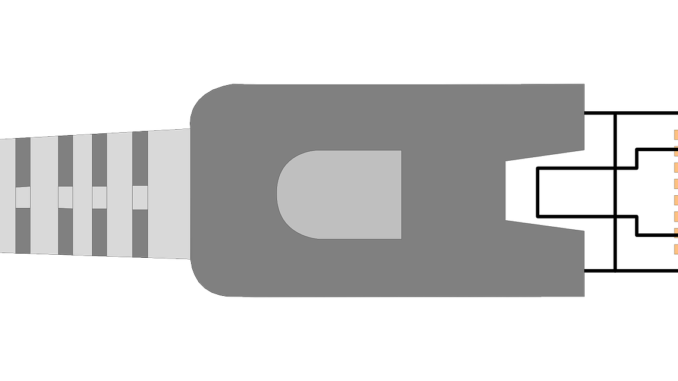
Most people tend to go for managed switches just because they’re the “new†model. After all, new models mean better benefits, right? When it comes to performance, new isn’t necessarily better.
Unmanaged switches are easier and faster to set up, so one can quickly connect devices by skipping the need for a complex and lengthy configuration process. It makes for less hassle, and setting up becomes more simplified.
Unmanaged switches come in two forms: Fast Ethernet and Gigabit. Knowing the similarities and differences between these two technologies can be important for any system, whether its for business or for personal use.
What’s a Switch?
Switches are network devices that typically feature multiple output and input ports. They’re designed to receive incoming traffic, study it, and deliver it to the right destination.
On an Ethernet network, these switches can access the MAC addresses to help them identify where the data needs sending. Every connected device comes with a particular MAC address, and the address sends it to a switch whenever a connection is made. Through this design, switches can easily find out where to redirect the traffic sent to them.
Unmanaged Switches
In terms of switches, unmanaged means that a device doesn’t need preconfiguration to be able to run. They can generally detect changes within the network and react automatically. For example, new devices connected in the system are automatically added by the switch.
Why Go Unmanaged?

An unmanaged switch requires a lot less maintenance compared to managed ones because they don’t need reconfiguring every time there’s a change in the network. While these switches don’t offer much in terms of administrative flexibility, most homes and small offices can typically go without them anyway.
Gigabit Switch or Fast Ethernet Switch: Choosing the Right One
Gigabit Switches are getting cheaper by the day, so even smaller businesses or individuals can afford them. Getting Gigabit switches boasts a lot of advantages, like enhanced performance, speed, and compatibility with new tech.
Not everyone requires that much speed, though. For those who simply use their internet connection for non-resource-heavy tasks such as instant messaging, email, or web searching, Fast Ethernet switches should be fine.
To help you better understand, here’s a more thorough breakdown of the two technologies.
Comparing Gigabit and Fast Ethernet
Gigabit and Fast Ethernet are variations of the standard Ethernet technology. They typically use the same type of cabling. In terms of appearance, they almost look identical, but the similarities end there.
- Speed and Performance
Gigabit provides better bandwidth than Fast Ethernet, with connections capable of attaining speeds of 1 Gbps (against the 100Mbps of Fast Ethernet). Aside from the significantly enhanced rate of transfer and better performance, the two technologies differ in other aspects.
- Cost
IDC declared the cost of Gigabit ports four times higher than that of Fast Ethernet. However, this price gap is getting smaller as more and more manufacturers are pulling focus toward the newer technology.
- Power Standard
Original PoE tech (where Fast Ethernet falls under) can only deliver 12.94W to IP-enabled devices such as access points. This limit doesn’t satisfy the latest power requirements of new equipment.
Gigabit switches, on the other hand, can support the PoE+ standard by delivering 30W. Even now, vendors aren’t updating their Fast Ethernet devices to meet this new standard of power.
- Energy Consumption
Aside from being capable of higher bandwidths and better management, Gigabit switches are energy efficient as well if you compare them to their older counterparts. Both companies and individuals can benefit from this lower power consumption and save a considerable sum from energy costs.
- Potential for Growth
Gigabit switches are capable of withstanding the next convergence and technology refresh. Fast Ethernet switches, on the other hand, are becoming obsolete as the new Gigabit devices are getting cheaper and more accessible.
- Compatibility
Fast Ethernet and Gigabit are both compatible since the latter is essentially an extension of the former. As a result, Gigabit can work with Fast Ethernet networks if it lowers its transfer rate.
The situation in reverse is far less desirable. For a Fast Ethernet device to integrate into a Gigabit system, all equipment connected to that system has to slow down transfer rates to allow communication.

Leave a Reply